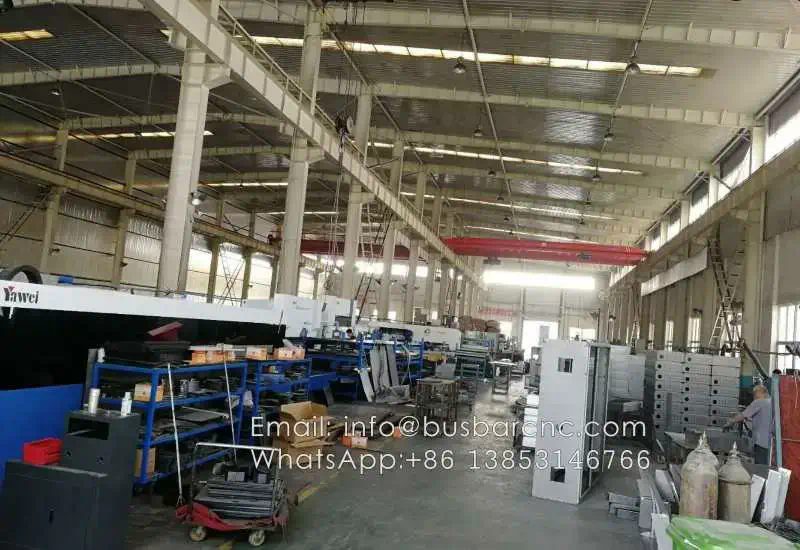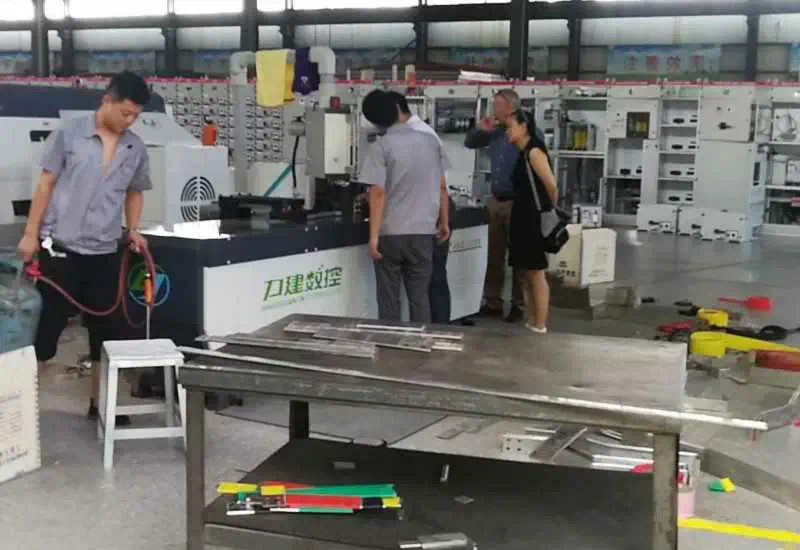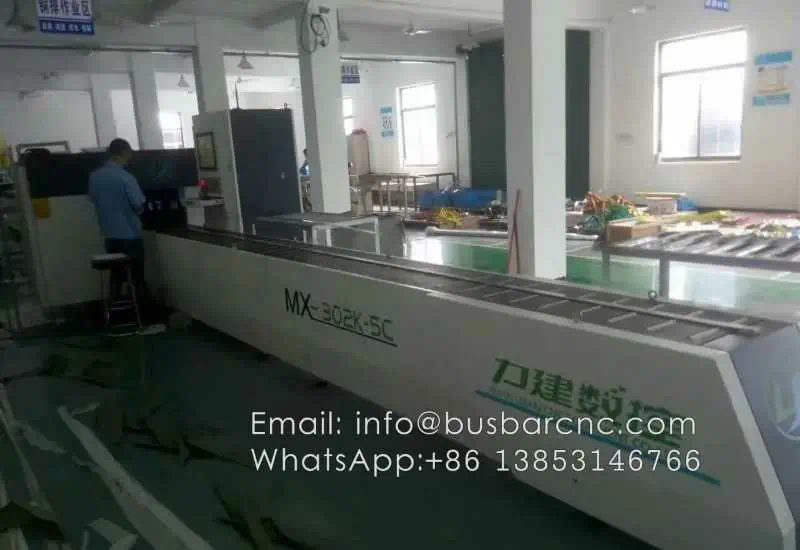Error Prevention and Management in CNC Machining
In the realm of precision manufacturing, CNC machining stands as a cornerstone of modern industrial production. With its ability to achieve high levels of accuracy and efficiency, CNC machining has revolutionized the way components and products are fabricated. However, like any complex process, CNC machining is not immune to errors and challenges. The prevention and effective management of errors in CNC machining are crucial for ensuring the quality, reliability, and cost-effectiveness of the manufactured parts. In this article, we will delve into the various aspects of error prevention and management in CNC machining and explore the strategies and best practices to mitigate potential issues.
Understanding the Nature of Errors in CNC Machining
Before delving into the strategies for error prevention and management, it is essential to understand the nature of errors that can occur in CNC machining. These errors can arise from a multitude of factors, including machine tool inaccuracies, programming mistakes, material inconsistencies, tool wear, environmental conditions, and human factors. Understanding the root causes of these errors is the first step towards developing effective strategies to prevent and manage them.
Machine Tool Maintenance and Calibration
One of the fundamental aspects of error prevention in CNC machining is the regular maintenance and calibration of machine tools. Over time, machine components such as ball screws, linear guides, and spindle bearings can experience wear and tear, leading to diminished accuracy and repeatability. Regular maintenance schedules and proactive monitoring of machine tool performance are essential to identify and address potential issues before they result in manufacturing errors.
Furthermore, ensuring the proper calibration of machine tools is critical for maintaining dimensional accuracy and surface finish. Calibration processes, including laser interferometry and ball bar testing, can help identify deviations from ideal performance and enable corrective measures to be implemented.
Human Factors and Training
As CNC machining involves the interaction between operators and machines, human factors play a significant role in error prevention and management. Adequate training and skill development for machine operators are imperative to minimize human-induced errors. Operators must have a comprehensive understanding of machine operations, tooling setups, material characteristics, and programming nuances to ensure the efficient and error-free execution of machining tasks.
Moreover, establishing robust standard operating procedures (SOPs) and protocols for machine setup, tool changes, and preventive maintenance can contribute to error reduction. Clear communication channels and effective teamwork among machinists, programmers, and quality control personnel are essential for identifying and addressing potential errors in a timely manner.
Material Selection and Inspection
The selection of appropriate materials for CNC machining applications is vital for preventing errors related to machinability, dimensional stability, and surface integrity. Material inconsistencies such as variations in hardness, composition, and internal stresses can significantly impact the machinability and final part quality. Therefore, thorough material characterization and inspection processes are essential to identify potential sources of error at an early stage.
In addition, implementing rigorous incoming material inspection protocols can help mitigate the risks associated with substandard raw materials. Advanced non-destructive testing methods, such as ultrasonic testing and eddy current inspection, can provide valuable insights into the material properties and detect potential defects that could lead to machining errors.
Tooling and Cutting Parameters Optimization
Optimizing tooling selection and cutting parameters is paramount for achieving the desired precision and surface finish in CNC machining. Errors related to tool wear, deflection, and improper chip evacuation can compromise the dimensional accuracy and surface quality of machined parts. Utilizing high-quality cutting tools, including carbide end mills, drills, and reamers, can enhance tool life and minimize the likelihood of tool-related errors.
Furthermore, leveraging advanced cutting tool coatings and geometries can improve heat dissipation and chip control, thereby reducing the propensity for built-up edge formation and workpiece damage. Additionally, the optimization of cutting speeds, feeds, and depths of cut based on material properties and machining dynamics can contribute to error prevention and improved process stability.
Environmental Control and Machining Conditions
Environmental factors such as temperature fluctuations, humidity levels, and airborne contaminants can influence the dimensional accuracy and surface finish of machined components. Therefore, maintaining controlled machining environments through the use of climate-controlled facilities and filtration systems is essential for error prevention. Stable ambient conditions contribute to consistent thermal expansion behavior of machine components and workpieces, minimizing the risk of dimensional deviations.
Moreover, implementing effective chip and coolant management strategies is vital for ensuring uninterrupted machining operations and preventing chip-induced errors. Proper chip evacuation techniques, such as through-tool coolant delivery and chip conveyors, help mitigate the risk of chip recutting and workpiece damage, especially in deep-hole drilling and high-speed milling applications.
Quality Control and In-Process Inspection

Integrating robust quality control measures and in-process inspection techniques is pivotal for detecting and managing errors in real-time during CNC machining operations. Utilizing advanced metrology equipment, including coordinate measuring machines (CMMs), optical scanners, and surface profilometers, enables comprehensive dimensional and form verification of machined features.
Furthermore, the implementation of in-process probing systems and adaptive machining technologies facilitates the automatic compensation for tool wear, workpiece positioning errors, and geometric deviations. Real-time feedback loops and closed-loop control systems empower CNC machines to dynamically adjust machining parameters and tool paths, thereby minimizing the impact of errors on part quality.
Error Analysis and Continuous Improvement
Despite the implementation of preventive measures, errors may still occur in CNC machining processes. In such instances, conducting thorough error analysis and root cause investigations is essential for devising corrective actions and preventing recurrence. Utilizing statistical process control (SPC) methods, such as control charts and Pareto analysis, can help identify trends and patterns related to error occurrences, enabling proactive interventions.


Furthermore, embracing a culture of continuous improvement and fostering open communication among all stakeholders fosters a proactive approach to error management. Encouraging feedback from machine operators, programmers, and quality assurance teams can uncover valuable insights into potential error sources and process inefficiencies, driving targeted improvements and mitigating future errors.
Conclusion
In conclusion, error prevention and management in CNC machining encompass a multifaceted approach that addresses machine tool maintenance, human factors, material considerations, tooling optimization, environmental control, quality assurance, and continuous improvement. By adopting proactive measures and leveraging advanced technologies, manufacturers can mitigate the risks associated with errors and enhance the overall reliability and efficiency of CNC machining processes. Embracing a holistic perspective on error prevention and management is crucial for achieving consistent part quality, minimizing rework and scrap, and ultimately delivering value to customers in diverse industries.





